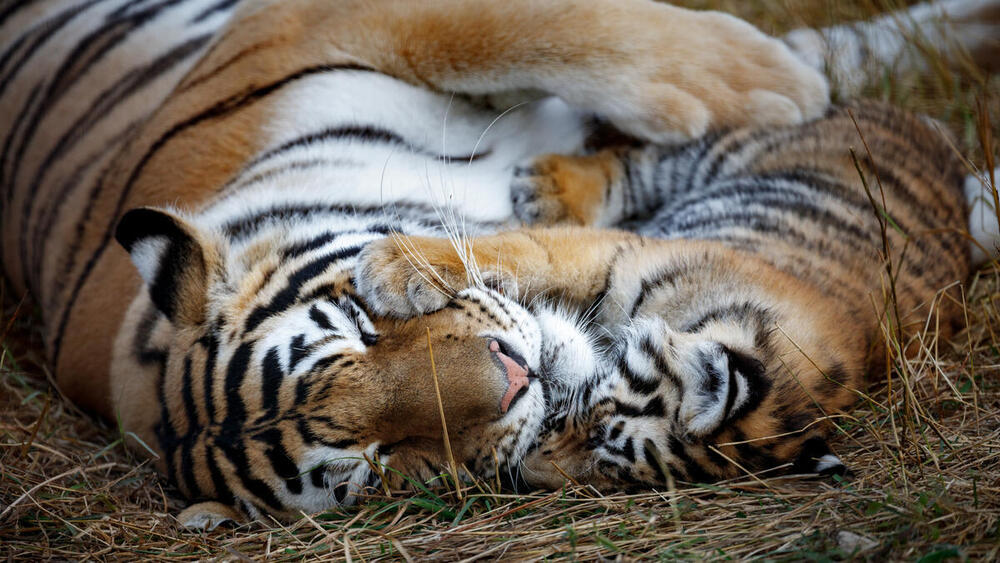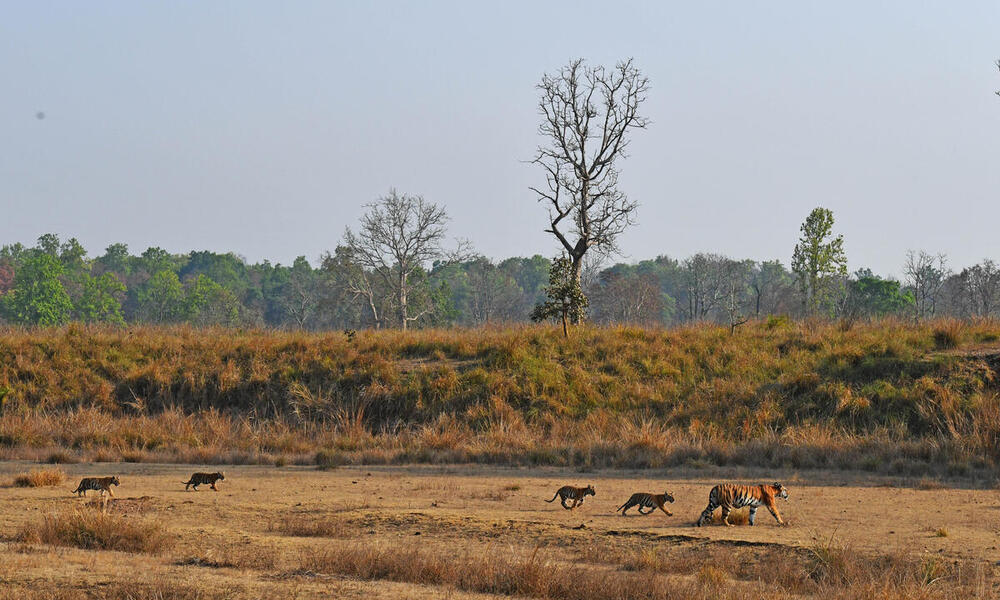9. Restoring tiger habitat
Thailand is a leader in the Southeast Asia region for effectively managing its tiger sites. WWF-Thailand has partnered with the Thai Department of National Parks, Wildlife and Plant Conservation on a project to support the long-term recovery of both tiger and prey populations. Together, they are restoring important grazing areas and setting up artificial salt licks to supply wildlife with vital minerals. Three different tiger prey species have already benefited from these interventions—muntjac, sambar deer, and gaur—in an important step towards tiger recovery.
10. Tackling the snaring crisis
Alongside habitat loss and degradation, the increasing use of snares is contributing to an extinction crisis in Southeast Asia. WWF Malaysia launched Project Stampede, where patrol teams formed by local Indigenous communities remove snares and collect data on poaching. While Malaysia’s tiger population continues to decline, patrol teams have reduced active snares in Belum-Temengor Forest Complex by an incredible 94%.
11. Employing conservation tools
In 2020 the Indian government registered 50 tiger reserves, representing 60% of the world's tiger population, with the Conservation Assured Tiger Standards (CA|TS), a program designed to set best practices for managing tiger sites. The following year 14 of these tiger reserves reached the coveted approved status in CA|TS.
12. Sustainable financing
Through the Bhutan for Life project, the government, supported by WWF-Bhutan, has been securing a network of effectively managed and sustainably financed protected areas across the country. This is protecting tiger movement corridors but also key high-biodiversity and climate-resilient habitats, and areas that connect them.
The future of tiger conservation
While there have been major successes for tigers over the last 12 years, the work is far from over. In September of this year, tiger range countries will once again come together at the second Global Tiger Summit and will hopefully renew their commitment to protecting tigers as governments set their goals for the next 12 years of tiger conservation.
Learn more about WWF's work on tigers.


